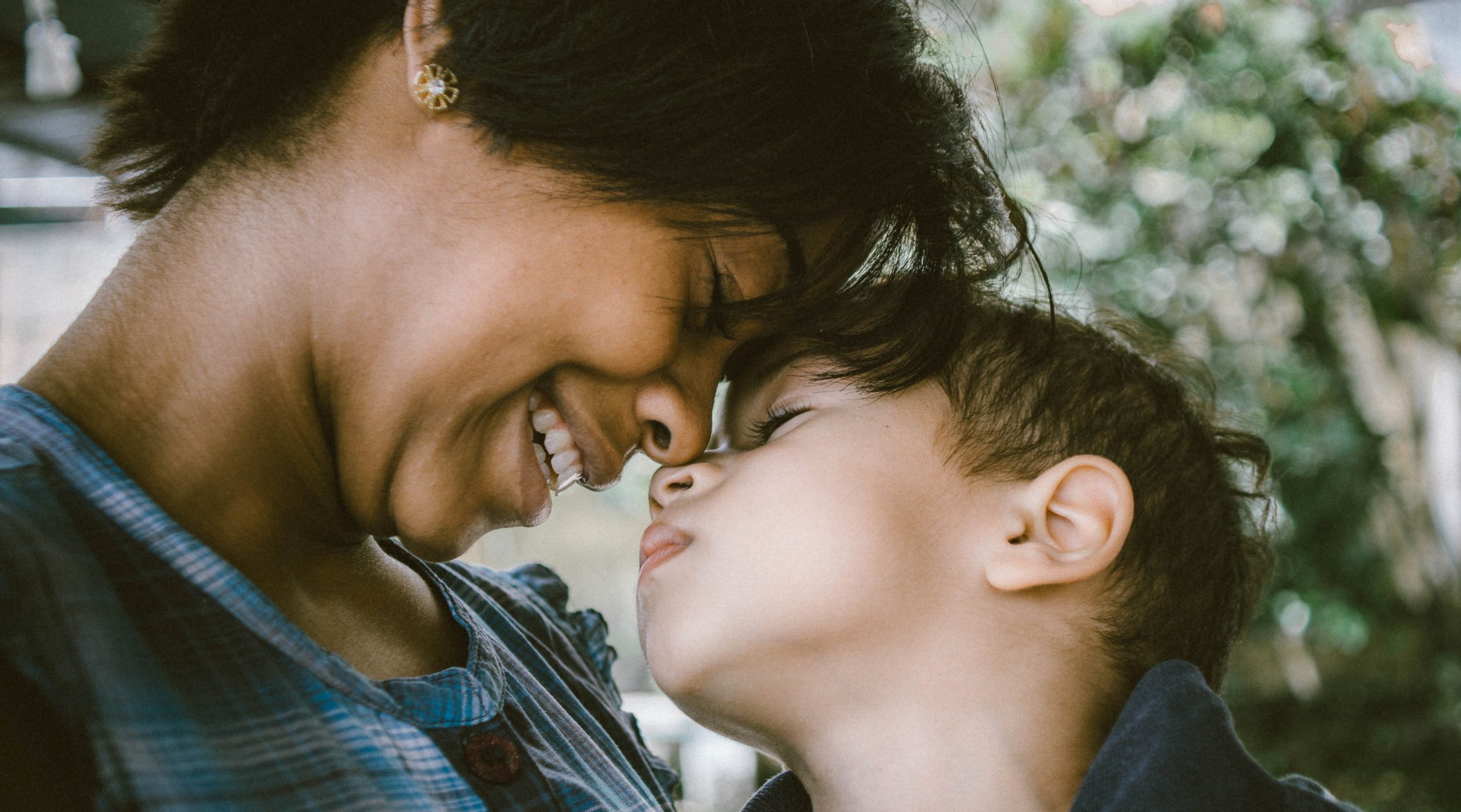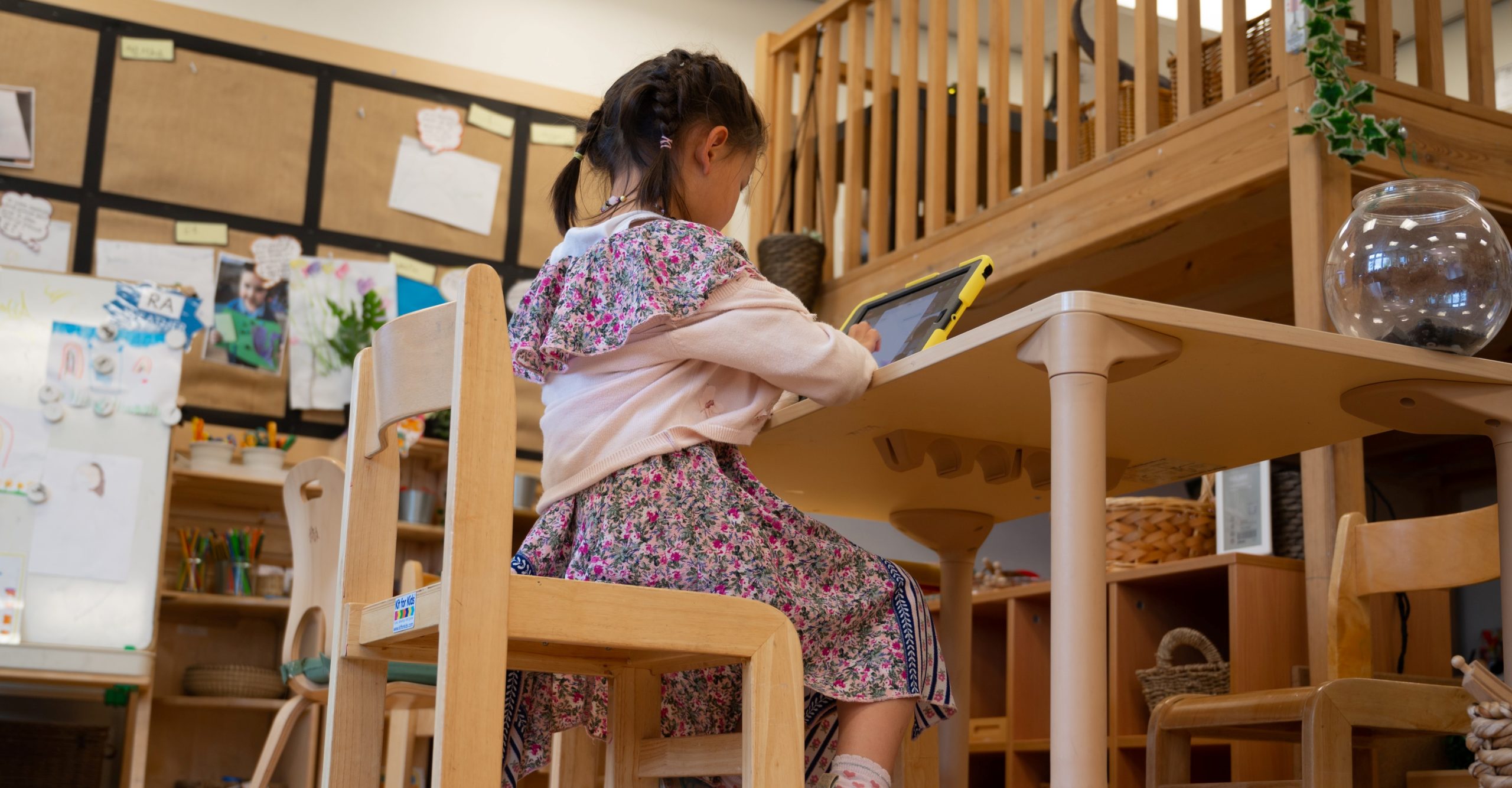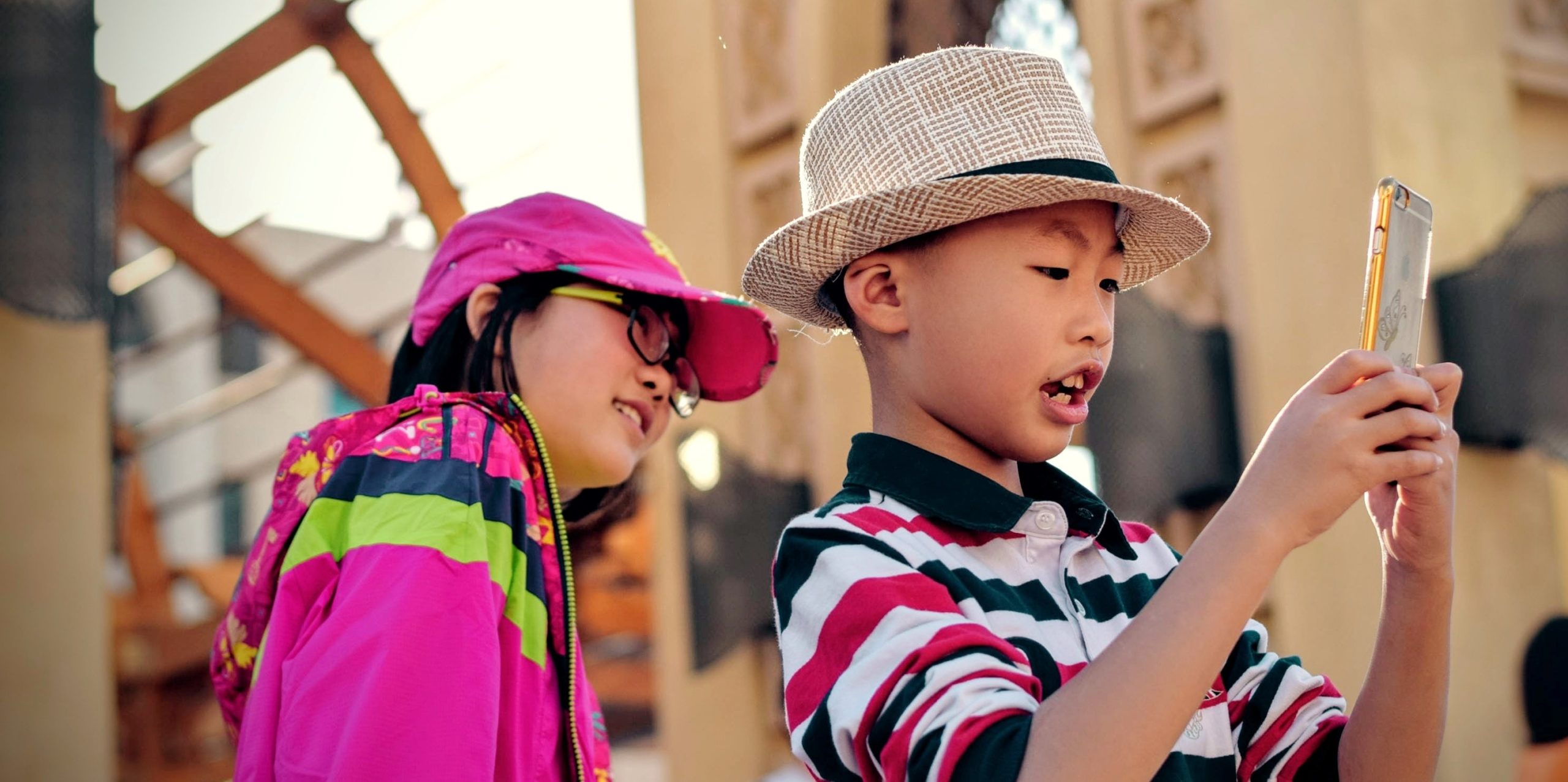
by rossanahead | Mar 18, 2011 | Education, Gina Abuyuan, parenting, woman
By Gina Abuyuan
Previously, I mentioned the amount of parent involvement non-traditional schools may require—self-imposed field trips, for once, have been de rigueur for me since my twins started a blended school program. But even if you don’t feel obliged to organize little jaunts for you and your kids, taking a simple trip to a restaurant (and I’m not talking the usual fastfood joint), or a much bigger production such as an out-of-town weekender, can still be both education and not just fun.
Now that summer’s here, you can have more reasons to make every moment a moment of learning for your kids. It’s not difficult—all it takes is a little effort, time, money (but not so much as you would spend going to, say, Boracay), and the readiness to venture beyond the comfort zones of the malls.
Here are some suggestions:
* North of Manila, try Bulacan. In Plaridel, there is the memorial to Juan Evangelista, Pablo Maniquiz, and other Filipino revolutionaries that resisted the U.S. army that annexed the Philippines a century and a decade ago. This is a favorite of author Red Constantino and wife, Kala, and their kids Rio, 12, and Luna, 10. A history essayist, he’s big on historical sites, especially those that celebrate national pride. He also suggests Malolos, which has the Barasoain Church. Malolos also has Casa Real, which houses the printing press that published revolutionary papers during the days of the Philippine Republic. You can also visit the Bautista home on Kamestisuhan Street, a grand old house built during the Spanish period.
(Within Manila, there is Casa Manila in Intramuros, where I took my own kids, where I spoke myself harsh reading the markers to my seven-year-old twin boys, and encouraging them to imagine how life might have been like in those times.)
* Bulacan also has Biak na Bato National Park in San Miguel and the historic Real de Cacarong in Pandi.
* Southbound, try the Viaje del Sol route (viajedelsol.org, a tour that covers Laguna, Quezon, and Batangas). You can cover Ugu Bigyan’s pottery studio and garden (although if you have rambunctious, hard-to-handle kids, you might want to skip this) or go to Café San Luis at the foot of Mt. Banahaw for trekking, a visit to the waterfalls, and coffee. You can spend the night in either of those places or drive back towards Laguna and check in at Casa San Pablo (casasanpablo.com), run by the genteel Alcantara family.
* Liliw, Laguna is only an hour away. If you’re churchgoers, you can hear mass at its great old church or go shoe-shopping. Everything is priced rock-bottom and made well. I once bought a pair of slippers there that were pretty enough to wear to a beach wedding, and they lasted me a couple of years.
* Closer to Manila is Pinto Museum in Antipolo (formerly Pinto Gallery, a beautiful place and collection of artwork lovingly put together by renowned patron Dr. Joven Cuanang). As with all museums, noise and boisterous play is discouraged, so brief your kids first before entering.
As I said, anything can be a learning experience for kids, particularly a trip to an art gallery. The Pinto Museum presents talking points about art of all kinds—installation, sculpture, modern, mixed media. Allow them to be slightly creeped-out by the antique wooden icons in the small chapel; overwhelmed by those in the big works gallery (built around equally-gigantic stumps of ancient boulders); and question Elmer Borlongan’s take on the human figure.
* You can also try Seven Suites Hotel and Observatory in Hollywood Hills, Sumulong Highway, Antipolo. Its resident astronomer, Ramon Acevedo, is eager to teach and talk to kids about the stars and planets, and there’s nothing that gets him sadder than seeing cloudy skies and kids’ faces fall when they’re told the giant telescope won’t work under zero visibility.
I guess the important thing for parents to remember is that no matter where you go—your favorite mall, your own garden, Disneyland, the beach—show interest so they too, will gain interest. Keep judgments and biases to yourself; allow them to express their own opinions. Let the conversation and questions flow. I guarantee you, the fun and learning experience will be shared by both you AND your kids!
Photo by Kevin Delvecchio on Unsplash

by rossanahead | Mar 17, 2011 | career, parenting, woman
By Bubbles Salvador
Without blinking, I decided to quit my full-time job two months after I had a baby. In my pre-mommy life, I wouldn’t have known what to do with all that free time – and all that free space in my bank account.
I delivered via C-section, but on my second day at the hospital, I was working at my computer, finishing an article that wasn’t due for days. I figured, I could do this.
And so I became a stay-at-home mom. I got some freelance writing work done while the baby napped (oh, how I loved those long afternoon naps!). I figured, I could do this.
Then the baby grew. Now a demanding toddler, Luis is always asking me to “Look, Mommy!” and wouldn’t stop until I actually do. “Patingin!” he would say, trying to grab the phone while I try to send a text message. Can I still do this?
Today, I am still a part-time writer, full-time mom. But there are days I work a full day at an office, and I can’t deny that sometimes I appreciate the peace and quiet. I find myself more productive when I am able to fully concentrate on my work, without having to worry about things like Luis bumping his head the minute I take my eyes off him.
I completely respect working mothers who are able to make time for their family. I wonder if someday, I can do the same. But for now, I still like being able to spend lazy mornings in bed with Luis, taking him out to buy taho from our suki, and taking long walks after his afternoon nap.
The writing can wait. I can do this!
Photo by Bruno Nascimento on Unsplash

by rossanahead | Mar 16, 2011 | grandparenting, Jing Lejano, parenting, woman
By Jing Lejano
At 43, I never thought that I’ll be singing ABCs, reciting 123s, and wondering what all those twinkling stars are doing tonight. But here I am doing nursery whatnots 13 years after my youngest son was born.
I was already on teen mode.
I am way past the sleep-deprived mommy phase of the baby years when you can’t get four straight hours of sleep because your little one is hungry—again. Today, my kids would eat just about anything. And fortunately for me, they know their way around the kitchen. No need for mommy to get up early in the morning to make breakfast.
I am past all the angst and agony of separation anxiety when your preschooler grabs your knee every time you step out the door. Today, my kids are all too happy when I have to go out of town. If I’m gone for just two days in fact, they’d even ask, “Back so soon?” Those rascals!
I am past the stage where I worry about meeting development milestones, height averages, and weight standards. Today, my kids are healthy and strong. And my boys are all taller than me—which doesn’t mean I can’t raise my voice and stand my ground when they don’t come home on time or they don’t wash the dishes when it’s their turn.
And so, when I became a grandmother at 41, I had this very scary nightmare that I’d have to go through all those things again. I actually lost sleep thinking I might not get enough sleep—again.
I needn’t have worried. My daughter is a good mother, and she’s an even better daughter because she didn’t ask her mother to do the mothering for her.
What I like best about being a Lula at 43 is that I get to do the fun part of mothering. Sophie and I eat ice cream, sing with Barney, and dance to Sheryl Crow. In the mornings, she greets me with a big fat kiss. In the afternoons, we cuddle up on the couch, watching Mickey Mouse. In the evenings, we play ball under the moonlight. I have so many other things that I want to do with her, so many things I want to teach her. I can’t wait!
Photo by Priscilla Du Preez on Unsplash

by rossanahead | Mar 13, 2011 | Education, Gina Abuyuan, parenting, woman
By Gina Abuyuan
Traditional or progressive schools—what’s best for your child?
I am obviously an advocate of the more “progressive” route. Some parents even call it “un-schooling.” My teen goes to a high school that focuses on junior entrepreneurship; my twins attend a blended schooling program that puts together the experience of classroom, online, and homeschooling. I don’t believe that rote memorization or rules to conform will make my children achieve their best potential.
However, progressive schools aren’t for all; depending on what you envision your child to be in the future, among others, he or she may just fit in a traditional school.
Consider:
- Your child’s personality. Many counselors, educators, and human resource experts usually refer to the Myers-Briggs Type Indicator assessment to determine what tasks or duties best fit individuals (it’s also got a version for pre-teens). Your child can be an extravert, intravert, sensing, intuitive, thinking, feeling, judging, or perceiving type. Extraverts like to talk and thrive in groups, which may make them shine better in bigger classes; intuitive types do well in environments that encourage original ways to solve problems (which is offered by non-trad schools). Kids who are “feeling” like to relate to other people and dislike teachers who are distant; judging types are organized who have no problem with defined tasks, which is clearly apparent in traditional environments.
- What matters to you? Traditional schools offer standardized tests to know your child’s educational standing. Kids are grouped by age and academic standing. Since traditional schools’ names are already established, they offer the appeal of more job opportunities later on. If you and your husband are of the type to value social connections, or acknowledge what “the old boy network” can offer, then traditional schools may just be for you.
- Your time. Progressive schools call for a lot of parent involvement. As I said in my previous post, I’m quite hands-on and take my kids out on self-imposed field trips to give them the experience that the classroom is beyond the four walls of whatever school building or institution. But I can do this because I work from home and my schedule is flexible. When I was working fulltime, I let the teachers do the teaching. Even when my daughter was going to a progressive school, I seldom sat down with her to discuss her lessons. I did go to school activities, but that was it.
- Your child’s cues. If you can see your child enjoying going to a traditional school, if he isn’t dragging his feet and complaining and making excuses not to go, then that means he’s happy and content. But, if he displays any extreme behavior—“ cannot cope in his current classroom setup…a highly populated school or one with conventional rules and regulations; is having academic performance difficulties; is disruptive or disorderly…; shows signs of emotional maladjustment such as anxiety, loss of sleep or loss of interest,” according to an article written by Karisma Kasilag for HIPP Magazine—it’s time to switch.
Good luck!
Photo by Andy Falconer on Unsplash

by | Mar 12, 2011 | Education, parenting, Ruth M. Floresca, woman
By Ruth Manimtim-Floresca
All of us go through a lot of firsts in our lives. I remember being patiently taught by my grandmother how to iron my school uniforms when I started my freshman year in high school. It took a few weeks before I got the task down pat but, finally, I did! And from then on, I would iron all my uniforms on Sunday nights and fold them neatly in my large bag the next day before I leave for my boarding house in Los Banos where I stay during weekdays.
When our kids were old enough to do chores, my husband and I also painstakingly instructed and demonstrated to them how to do things so they could help around the house. In the process, we’ve had days when the rice was either soggy or crunchy; red hotdogs have turned black; the pot of boiled eggs had emitted clouds of smoke because the water had dried up while the flames underneath continued their merry dance; an expensive pair of pants was burned by a too-hot iron; plates and glasses flew from soapy hands to land as tiny pieces on the floor; and many other disasters.
Sometimes, our patience would be stretched to its limits but we knew we can’t give up helping the boys “get it right.” How else could they learn if they are not allowed to make mistakes?
Nowadays, whenever I’m up to my neck in deadlines, I could continue working on my laptop or leave the house to attend a media event while a teen or pre-teen would take over washing the dishes, sweeping the yard, feeding the dog or, even, cooking menudo!
For us, having no maid to rely on for years now is more of an advantage than a setback. We’re grateful for the opportunity to watch and wait for our kids to grow up as responsible human beings who don’t expect other people to do what they could already accomplish on their own. We also often remind the boys that we need to help each other out because, really, that’s what being family is all about.
Photo by Allen Taylor on Unsplash

by | Mar 11, 2011 | Education, Lyra Pore, parenting, woman
By Lyra Pore
It’s Sunday afternoon and I’m lying in bed, feeling a bit under the weather. My six-year-old daughter comes to me and asks: “Mom, can you play with me on the computer?” “Can you not play by yourself?” “No, I need a parent to play with me.”
It turns out she wants to create an account in Woogi World, a virtual educational community for children from kindergarten to Grade 6. The website uses gaming and social networking technologies to teach kids and claims to meet academic standards of US federal and state governments.
My kids have been taught in computer classes at school to ask for parent supervision when they go on the Internet. The school educates the parents too. We get tips for minimizing potential risks of online computer use through a newsletter the teachers send out every Wednesday. Let me share some of them with you:
“1. Never give out identifying information — home address, school name, or telephone number — in a public message such as chat or newsgroups, and be sure you’re dealing with someone both you and your children know and trust before giving out this information via e-mail. Think carefully before revealing any personal information such as age, financial information, or marital status. Do not post photographs of your children in newsgroups or on Web sites that are available to the public. Consider using a pseudonym. Avoid listing your child’s name and e-mail address in any public directories and profiles, and find out about your ISP’s privacy policies and exercise your options for how your personal information may be used.
“2. Get to know the Internet and any services your child uses. If you don’t know how to log on, get your child to show you. Have your child show you what he or she does online and become familiar with all the activities that are available online. Find out if your child has a free Web-based e-mail account, such as those offered by Hotmail and Yahoo!® , and learn their user names and passwords.
“3. Never allow a child to arrange a face-to-face meeting with someone they “meet” on the Internet without parental permission. If a meeting is arranged, make the first one in a public place, and be sure to accompany your child.
“4. Never respond to messages that are suggestive, obscene, belligerent, threatening, or make you feel uncomfortable. Encourage your children to tell you if they encounter such messages. If you or your child receives a message that is harassing, of a sexual nature, or threatening, forward a copy of the message to your ISP, and ask for their assistance. Instruct your child not to click on any links that are contained in e-mail from persons they don’t know. Such links could lead to sexually explicit or otherwise inappropriate Web sites or could be a computer virus.
“5. Remember that people online may not be who they seem. Because you can’t see or even hear the person it would be easy for someone to misrepresent him- or herself. Thus someone indicating that “she” is a “12-year-old girl” could in reality be a 40-year-old man.
“6. Remember that everything you read online may not be true. Any offer that’s “too good to be true” probably is. Be careful about any offers that involve you going to a meeting, having someone visit your house, or sending money or credit-card information.
“7. Set reasonable rules and guidelines for computer use by your children. Discuss these rules and post them near the computer as a reminder. Remember to monitor your children’s compliance with these rules, especially when it comes to the amount of time your children spend on the computer. A child’s excessive use of online services or the Internet, especially late at night, may be a clue that there is a potential problem. Remember that personal computers and online services should not be used as electronic babysitters.
“8. Check out blocking, filtering, and ratings applications. Be sure to make this a family activity. Consider keeping the computer in a family room rather than the child’s bedroom. Get to know their “online friends” just as you get to know all of their other friends.”
Photo by Tim Gouw on Unsplash






